It’s time! To make cold process soap, that is. If you have missed our first two posts on the lye and equipment, or oils and extras, definitely read those two first. It’s important to be safe and have the items you need before you get started. Actually, read those posts and then this one to be sure you’re ready to jump in, then buy your items, read the posts again, and then go for it. You can do it!
Now, if you love this idea but just aren’t there yet (it did take me two years to work up the courage, after all, and I love to DIY all.the.things), then you can purchase pure, natural cold process soap from me at Earthley.
How to Make Cold Process Soap {Tutorial}
Time to dive in! Let’s make some cold process soap.
I would recommend having kid-free time to do this, especially the first time. Lye can be very dangerous and you don’t want any chance at all that your child could touch it, or even breathe the fumes. If you have older kids, like 10+, whom you trust to be cautious, this could be a decent project to do together. I would not do it with small ones around, though.
If you’re intimidated, invite a friend over and figure it out together. Two brains are better than one!
When you’re ready…here’s what you need to do.
Step 1: The Lye
Prepare your lye water first, because it will need 30 – 60 minutes to cool before you can use it. If you do not let it cool enough, your soap will behave in all kinds of weird ways — volcano (puffing up from overheating), separating, seizing, etc. I’ll cover the issues you may face in a separate post. Try to avoid them by doing it right, okay? Haha.
Weigh your water in a glass container. Yes, weigh it. Start with a recipe that uses only water to make things simple.
Weigh your lye in a separate glass container.
While wearing gloves, and also goggles, place your water under your exhaust fan on your stove. Stick a candy thermometer in the water.
Now, slowly pour the lye into the water. Never the other way around. Once the lye is in, stir it gently with a metal or plastic spoon until it is fully dissolved. You don’t want any lye crystals in your finished soap!
At this point, you will need to let your lye sit until it cools down to around 130 degrees. I’ve noticed that my lye gets up to around 180 – 200 degrees initially, and it sometimes makes whitish fumes when I’m mixing. Stay far back from this, and wear a mask if you’re worried!
I usually do some other DIY projects in the kitchen so that I can babysit my lye (I don’t want any chance of children getting near it) while I wait for it to cool. This should take about 20 – 30 minutes. (Don’t cook a meal near your lye! If you want to cook while waiting for it to cool, set it somewhere far away from the food, like across the room or even outside if it won’t get disturbed.)
Feeling intimidated by now? Maybe you’d prefer to purchase pure, natural cold process soap from me at Earthley.
Step 2: The Oils
When your lye is nearly cool, it’s time to prepare your oils!
Place a large measuring cup on your kitchen scale. Start adding your oils and butters very carefully, one at a time, until they reach the correct weight. For example, if your recipe calls for 15 oz. of olive oil, weigh that into your measuring cup. Keep going until all the oils and butters are added. Be as exact as you can.
Pour your oils into a large pot, and turn them on low heat.
Allow your oils to melt completely.
Now, you’re ready to make soap!
Step 3: The Soaping
Make sure you have your gloves and goggles on for this part. And, make sure that your lye water and your oils are both right around 130 degrees. I simply melt my oils and then turn my stove off.
Get your mold ready next to your pan, so it’s easily accessible when you need it. A silicone spatula is a good idea too.
Here we go! Time to make cold process soap!
Check your lye water before adding it — give it a stir, and make sure that all the lye crystals are dissolved. If for any reason your lye has gotten too cool and you see it re-crystalizing, you can put the container of lye water into a pot of water (like a double boiler) and very gently reheat it. If you’re unable to do that safely and completely…throw it out and start again. No lye crystals can go in the oils!!
Very carefully, pour your lye water into your oils.
Using your immersion blender, stir gently for a minute (blender off).
Turn your blender on low. Blend your soap for a minute or two, then stir with the blender off for a minute. Keep alternating.
When your soap has thickened and it looks kind of like pudding, and when you draw the blender through it, the soap kind of lightly holds the shape, you’ve reached trace! This means your soap is done.
If you are adding anything extra to your soap, do it now, and blend it in carefully, using a silicone spatula. This goes for clay, essential oils, spices, etc. Work quickly because your soap will start to firm up fast. Some additions can cause it to firm even faster…so you might not want to add anything your first time. Otherwise, time to pour it into the mold!
Use your silicone spatula to carefully scrape the soap out of the pot and into the mold. It should be thin enough to still pour, like a thick batter. (If not, see my troubleshooting post.)
Now, set it aside to cool and harden completely. This should take about 1 – 2 days. Coconut oil soap will harden in just a few hours, while olive oil soap may need 2 – 3 days. Blends of oils will be in between.
You can choose to insulate your cold process soap — basically, wrap a towel around the mold. When your soap is very hot (common), it will sometimes go through “gel phase.” The soap looks a bit darker and more translucent. If you do not want it to go through gel phase, you can stick it in the fridge to cool faster. If you want it all go through gel phase, then wrap it up. Otherwise, usually, the outside inch usually cools quickly and doesn’t go through gel phase, while the middle does.
This is what gel phase looks like. See the darker/translucent parts in the center:
Either way, your soap will work fine, it just doesn’t look uniform. It really doesn’t matter a whole lot.
Not quite ready to dive in? You can purchase pure, natural cold process soap from me at Earthley.
Step 4: The Curing
Be patient and let your cold process soap sit in the mold until it’s firm. If you can squeeze it gently and it maintains its shape, it’s probably ready!
Tip your soap out of your mold. Using a flexible silicone mold makes this super easy.
Using a sharp, non-serrated knife, cut your soap into bars.
Set your bars up somewhere away from children, where they can get good air flow. Mine are in my office because kids aren’t really allowed in here. Let your soap sit for 4 – 6 weeks, turning occasionally so all sides get air.
Your soap will harden during this time, the ph level will balance out (lye is a base, so the ph level starts out pretty high), and up to 15% of the water will evaporate. Your cold process soap will last much longer if you wait out the cure time.
Some soaps may be ready to use almost immediately (pure coconut oil soap is), and some may be ready after 2 – 3 weeks (soaps high in ‘hard’ oils may be), but soaps with softer oils need the full 4 – 6 weeks. I gently squeezed my softer soaps after 1 – 2 weeks and they felt firmer than they did originally, but still had some ‘give’ to them — they aren’t ready.
How cool is this?! You have SOAP! That you made yourself!!
I always love it. I described it to one of my friends over PM one night as feeling like I have “magic hands” because I make good things. She totally lost it. Ha!
Coming up soon, I’ll be sharing all the mistakes I made (so that hopefully you won’t do the same) and how I fixed them — and have learned to avoid them in the future! Plus, several soap recipes, and additional recipes on what to do with some of those soaps!
Still intimidated? That’s okay, we can’t all do all.the.things, right? You can purchase pure, natural cold process soap from me at Earthley.

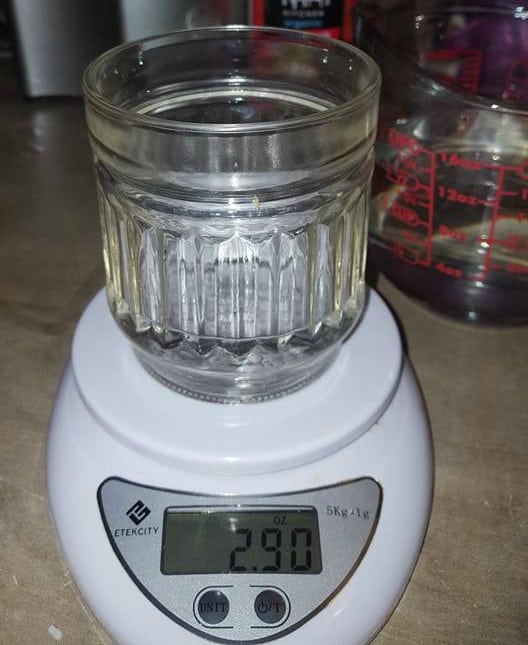
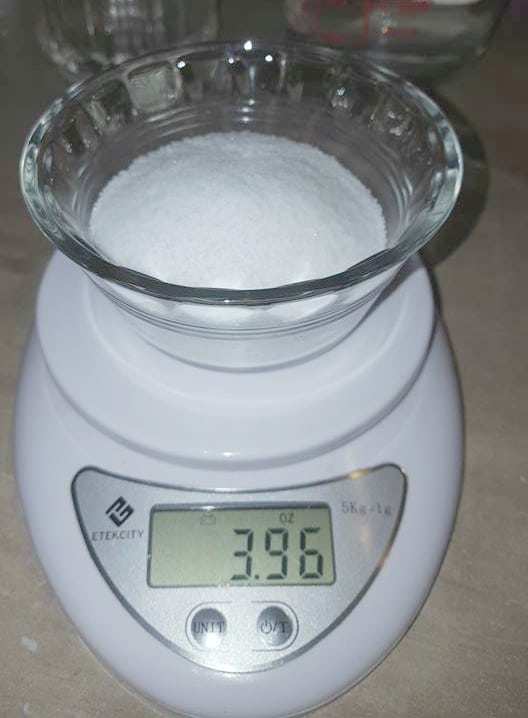
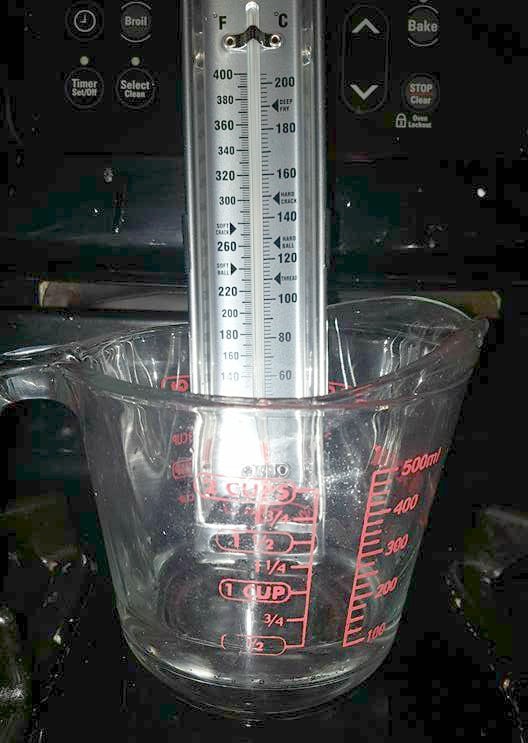
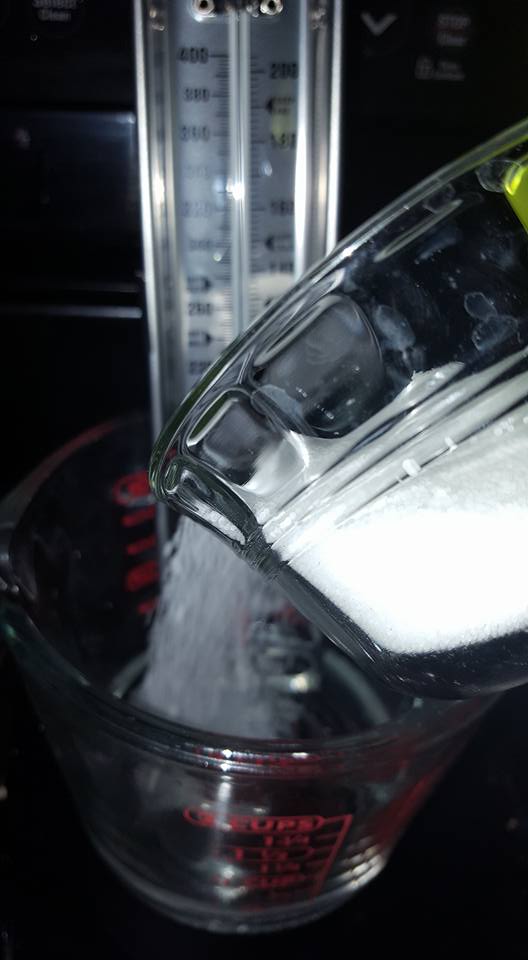
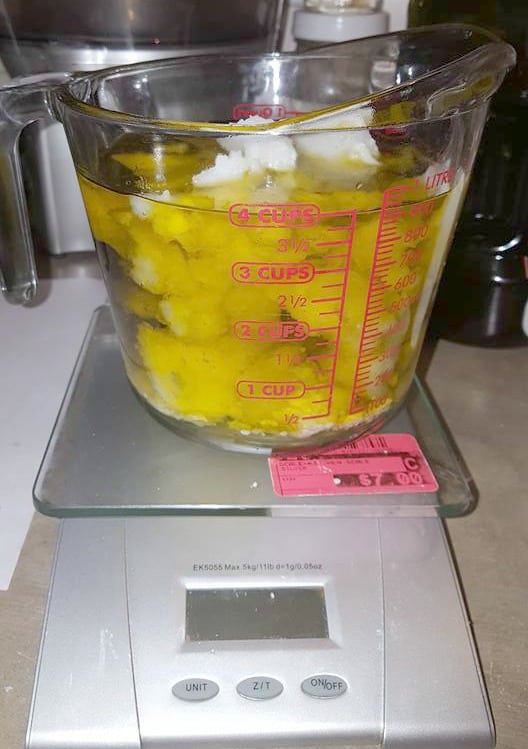
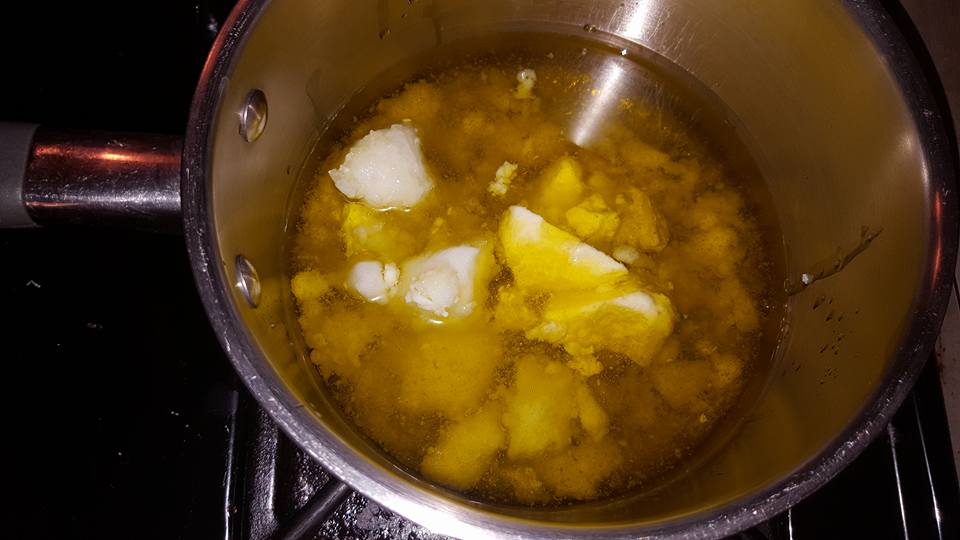
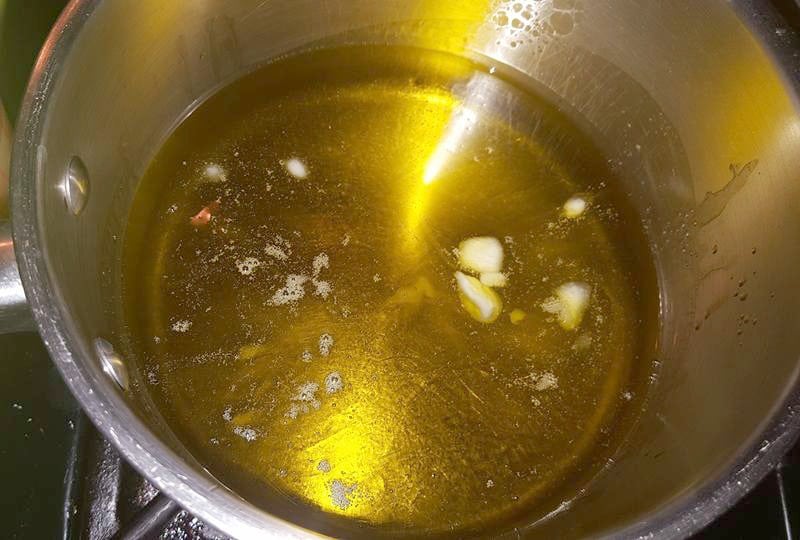
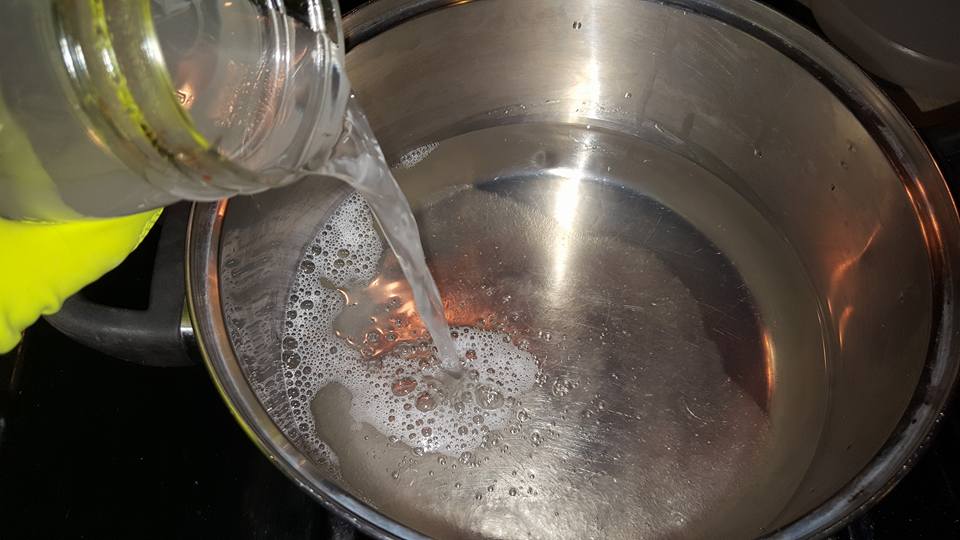
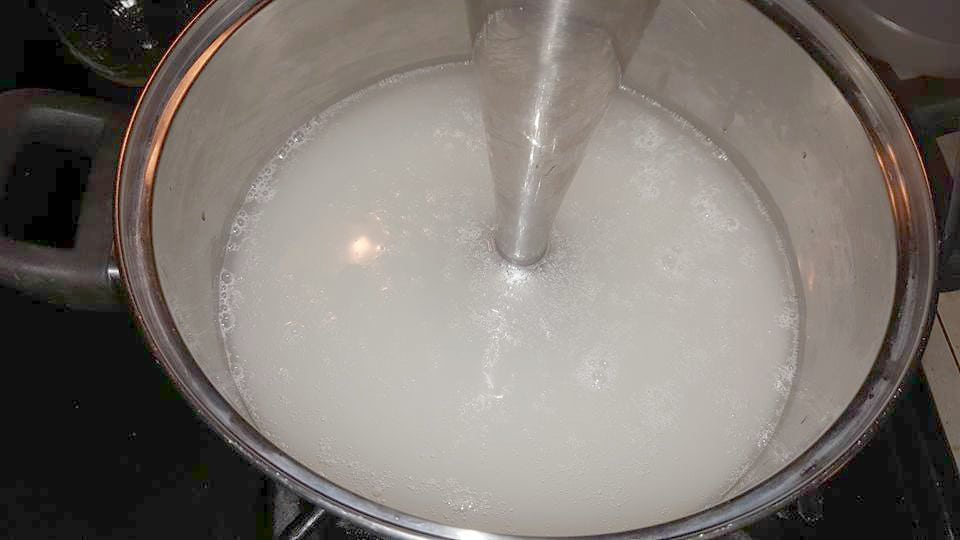
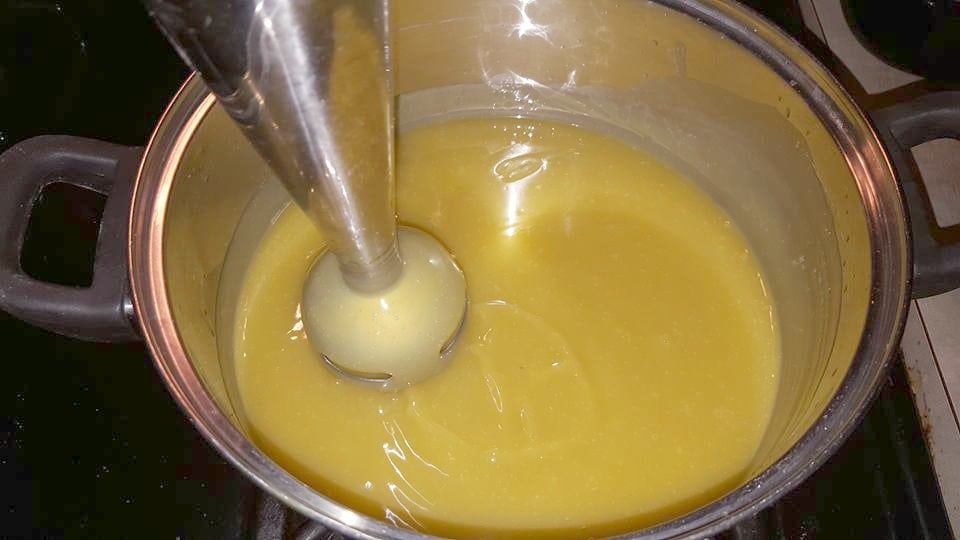
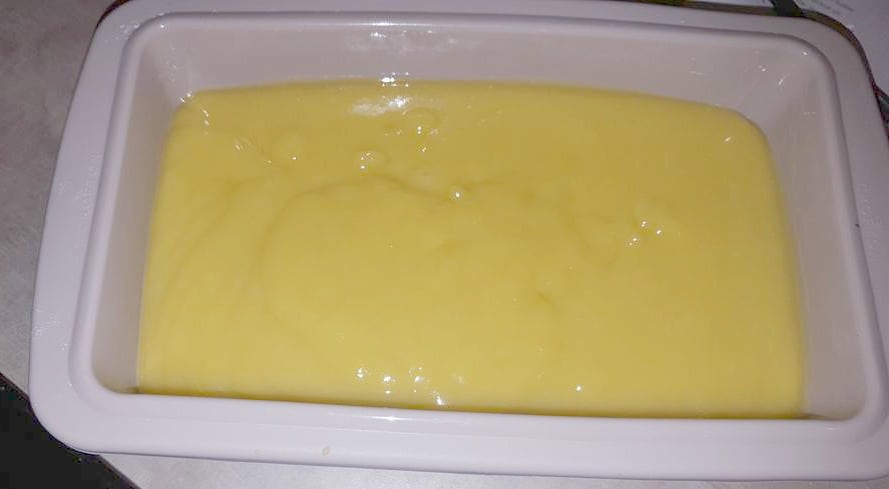
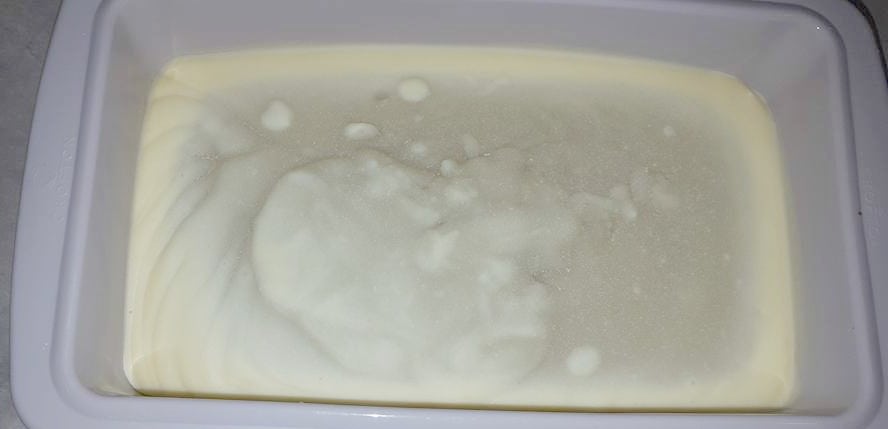
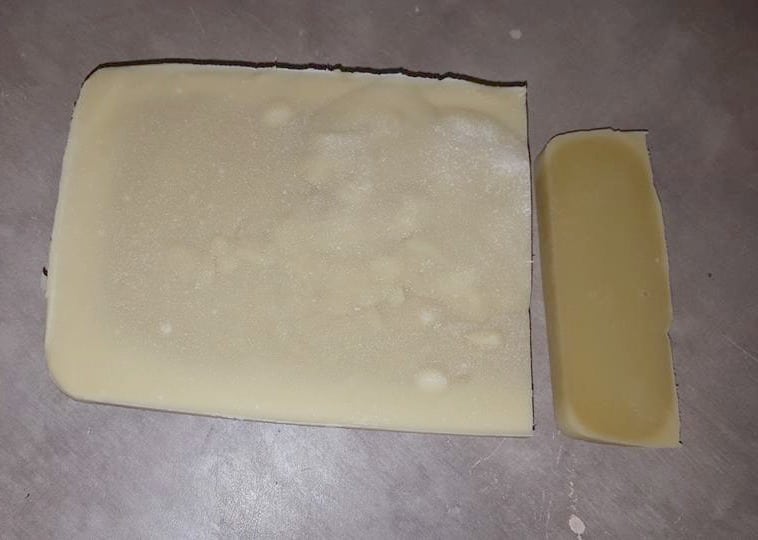

2 thoughts on “How to Make Cold Process Soap {Tutorial}”